Increased Focus on Automation
The trend towards automation in manufacturing processes is significantly impacting the Mixing Equipment Market. As companies strive to improve efficiency and reduce operational costs, the integration of automated mixing solutions is becoming increasingly prevalent. Automation not only enhances precision in mixing processes but also minimizes human error, leading to improved product quality. Recent data suggests that the automation market in manufacturing is expected to grow at a compound annual growth rate of around 9% over the next few years. This shift towards automation is likely to drive demand for advanced mixing equipment, positioning the Mixing Equipment Market favorably in the context of modern manufacturing practices.
Pharmaceutical Industry Growth
The pharmaceutical industry is witnessing robust growth, which significantly influences the Mixing Equipment Market. With the increasing complexity of drug formulations and the need for precise mixing processes, pharmaceutical companies are investing in advanced mixing technologies. The market for pharmaceutical mixing equipment is expected to expand at a compound annual growth rate of around 6% in the coming years. This growth is driven by the rising demand for biopharmaceuticals and personalized medicine, which require sophisticated mixing solutions to ensure product efficacy and safety. As a result, the Mixing Equipment Market is poised to capitalize on these developments, providing innovative solutions tailored to the unique needs of the pharmaceutical sector.
Expansion of Chemical Manufacturing
The chemical manufacturing sector is undergoing significant expansion, which serves as a crucial driver for the Mixing Equipment Market. As industries such as petrochemicals, agrochemicals, and specialty chemicals grow, the demand for efficient mixing solutions is likely to increase. Recent statistics indicate that the chemical manufacturing industry is projected to grow at a rate of approximately 4% annually. This growth is attributed to the rising need for innovative chemical products and formulations, necessitating advanced mixing technologies to ensure quality and consistency. Consequently, the Mixing Equipment Market is expected to thrive as manufacturers seek to enhance their production capabilities and meet the evolving demands of the chemical sector.
Emerging Markets and Industrialization
Emerging markets are experiencing rapid industrialization, which is likely to serve as a significant driver for the Mixing Equipment Market. As countries develop their manufacturing capabilities, there is an increasing demand for efficient mixing solutions across various sectors, including food and beverage, pharmaceuticals, and chemicals. Recent reports indicate that industrial production in emerging markets is expected to grow at a rate of approximately 5% annually. This growth presents opportunities for manufacturers of mixing equipment to expand their reach and cater to the needs of these developing economies. Consequently, the Mixing Equipment Market is positioned to benefit from the rising demand for advanced mixing technologies in these regions.
Rising Demand in Food and Beverage Sector
The food and beverage sector is experiencing a notable surge in demand, which appears to be a primary driver for the Mixing Equipment Market. As consumer preferences shift towards convenience and quality, manufacturers are increasingly investing in advanced mixing technologies to enhance product consistency and flavor. According to recent data, the food and beverage industry is projected to grow at a compound annual growth rate of approximately 5.5% over the next few years. This growth necessitates the adoption of efficient mixing equipment to meet production demands. Consequently, the Mixing Equipment Market is likely to benefit from this trend, as companies seek to optimize their processes and improve product offerings to cater to evolving consumer tastes.


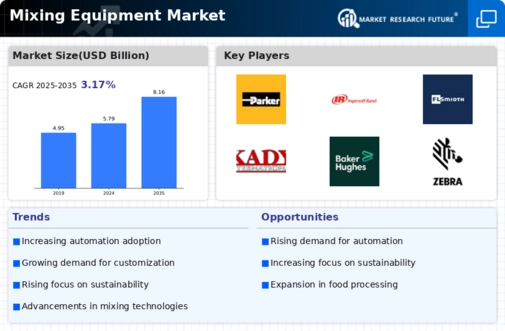
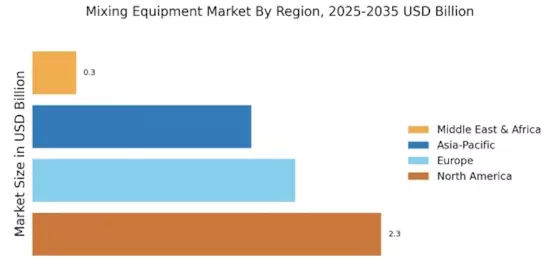
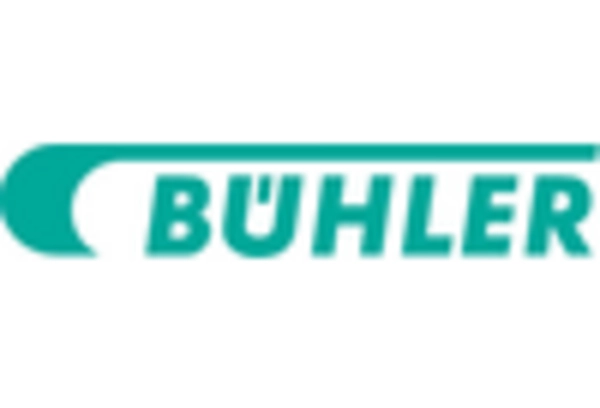

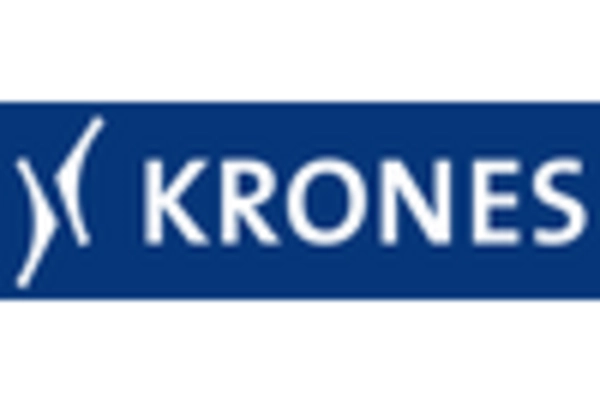
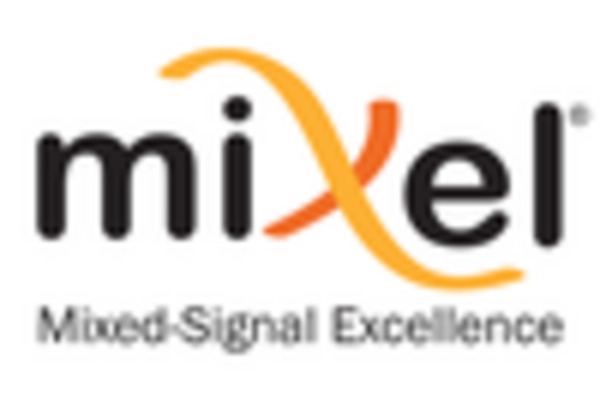
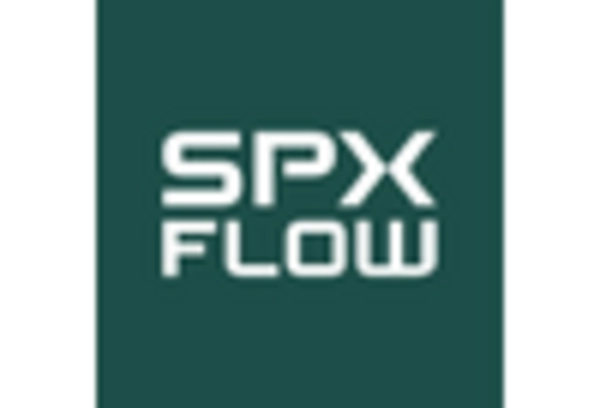









Leave a Comment